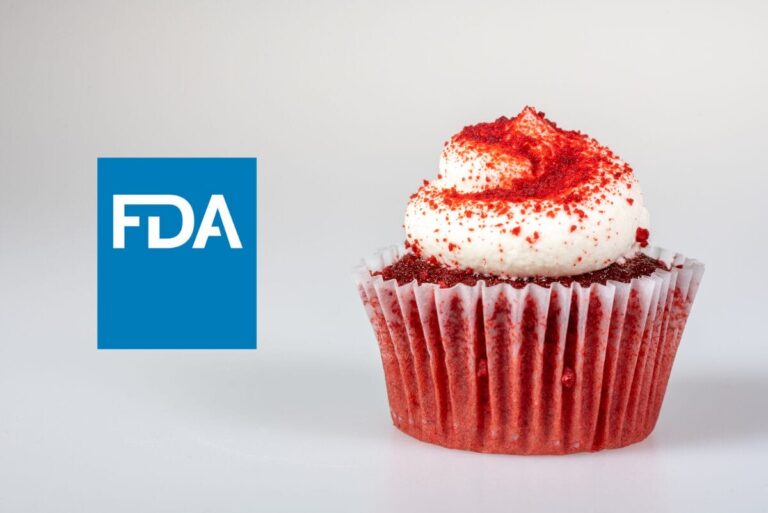SILVER SPRING, MD — After announcing that food manufacturers have until January 2027 to reformulate products that include Red No. 3, the FDA decreed additional changes for manufacturers related to food dyes.
In partnership with the Department of Health and Human Services (HHS), the FDA announced several measures to phase out all petroleum-based synthetic dyes, starting with a national standard and timeline for manufacturers to pivot.
“Thirty states concerned about this very issue have introduced bills or laws with a patchwork of standards for food companies,” said Marty Makary, FDA commissioner, during an April 22 press conference. “So, the food industry, which has many good people, has asked for clarity.”










